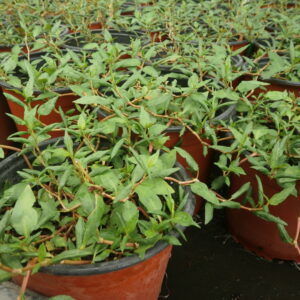
Related products
-
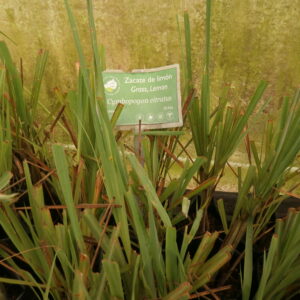
Grass, Lemon
Chinese, Culinary Garden, Medicinal Garden ₡1,900.00 Add to cart
Grass, Lemon
₡1,900.00
SKU: 2000 Categories: Chinese, Culinary Garden, Medicinal GardenScientific name: Cymbopogon citratus
Family: Poaceae
Origin: SE Asia and E India
Medicinal use: It is used in Asian cuisine, especially in Thailand. In, it is one of the most used herbs to prepare tereré, the traditional drink of the country. Lemon tea, also known as lemon grass or zacatillo, is a citrus-scented plant native to India which is rich in antioxidants that help to relieve pain. One of the most important properties of this plant is that it helps lower the cholesterol level due to its antihypercholesterolemic properties.
27 in stock
-
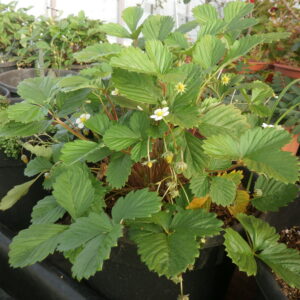
Strawberry, Red
Culinary Garden ₡1,900.00 Add to cart
Strawberry, Red
₡1,900.00
SKU: 0795 Category: Culinary GardenScientific name: Fragaria vesca
Family: Rosaceae
Origin: Europe and W Asia
Medicinal use:Strawberries are used as raw material in many processed products, such as liqueurs, syrups, custards, compotes, mousse, cake fillings, sweets, sauces, ice cream pulp, sorbets, cakes, yogurts, smoothies, jams and preserves. The crushed strawberries are used to make the familiar strawberry shortcake, and the cooked strawberries and strawberry preserves can be used as filling for cakes, muffins and donuts.
45 in stock
-
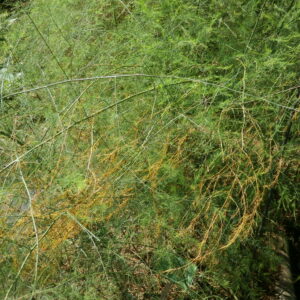
Asparagus
Culinary Garden ₡1,900.00 Add to cart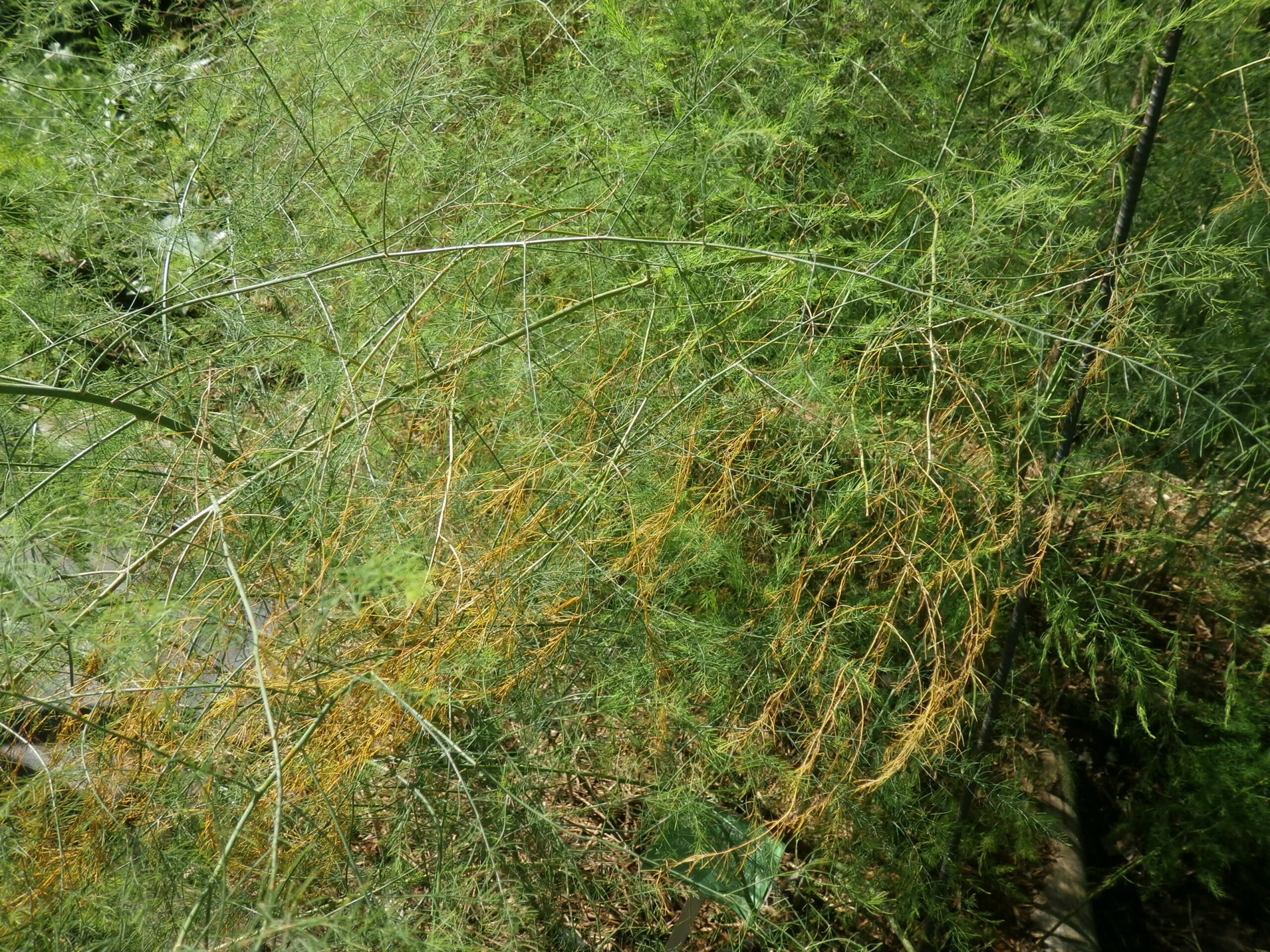
Asparagus
₡1,900.00
SKU: 0700 Category: Culinary GardenScientific name: Asparagus officinalis
Family: Asparagaceae
Origin: Europe and W Asia
Medicinal use:Regarding the field of health care, asparagus has important benefits due to: it is composed of more than 90% water. It can be eaten in hot or cold dishes; baked, grilled or steamed; and it can even be included in dishes with other products or taken alone. It can be used in sautéing green asparagus; the tagliatelle with pesto and asparagus; green asparagus with béchamel sauce or in the vegetable scramble.
44 in stock
-
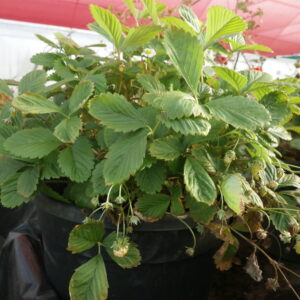
Strawberry, Yellow wonder
Culinary Garden ₡1,900.00 Add to cart
Strawberry, Yellow wonder
₡1,900.00
SKU: 0790 Category: Culinary GardenScientific name: Fragaria vesca
Family: Rosaceae
Origin: Europe and W Asia
Medicinal use:These strawberries are eaten fresh, with orange juice or milk or yogurt, sprinkled with sugar or cream. In addition, they are used to decorate a large number of desserts and ice creams. With them, jams, preserves, jellies, smoothies, sorbets, etc. are made.
13 in stock

